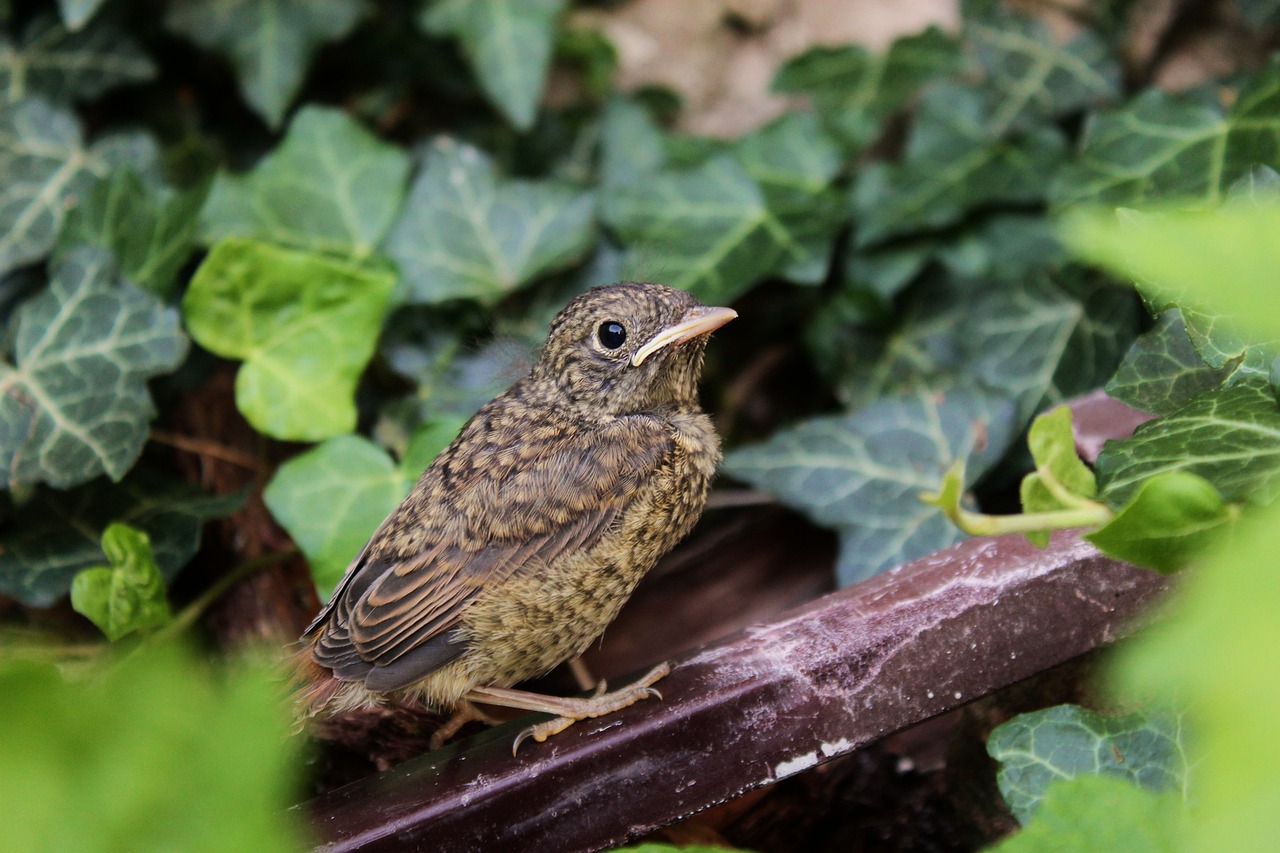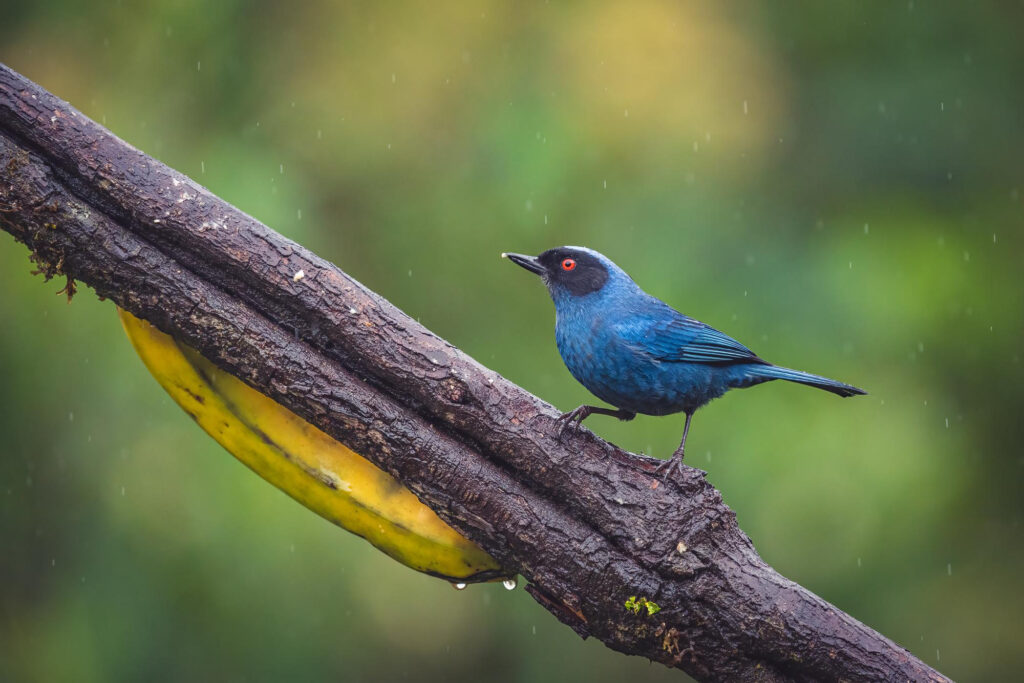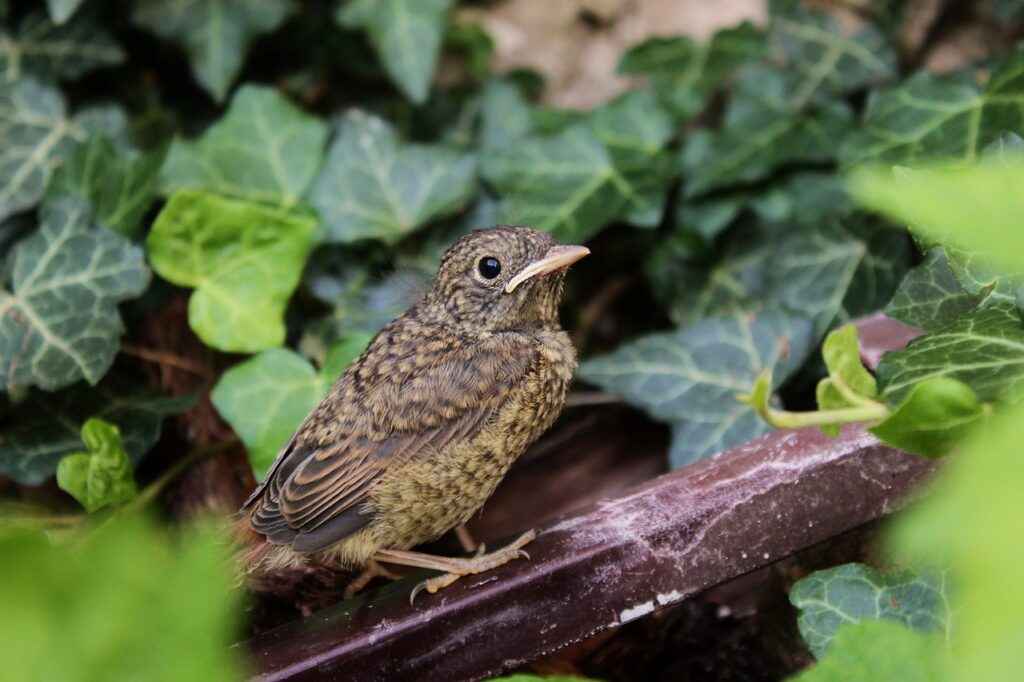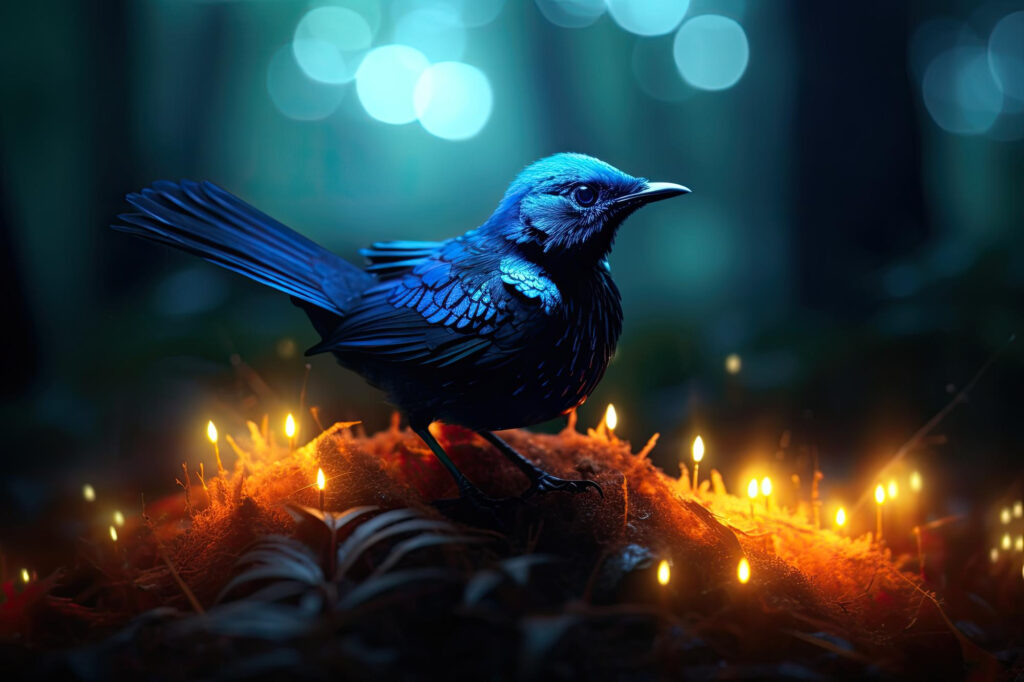Explore the philosophical implications of “Ode to a Nightingale.” How does Keats grapple with existential questions about life, death, and the nature of human existence?
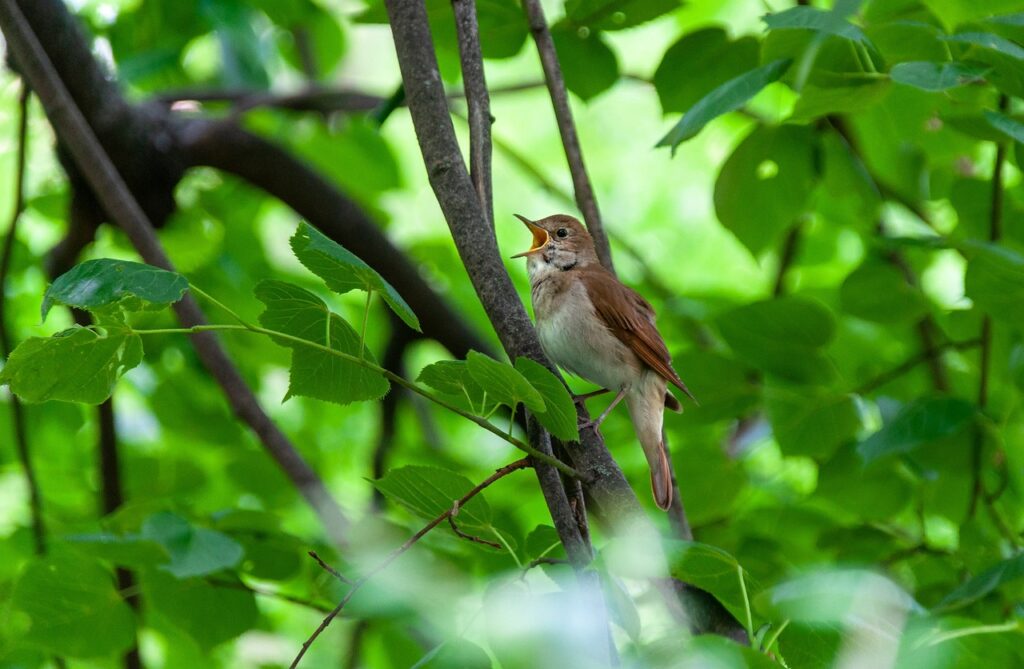
Philosophical Exploration in Ode to a Nightingale
John Keats‘ “Ode to a Nightingale” is a masterpiece that delves into profound philosophical questions about life, death, and the nature of human existence. The poem emerges as a reflective journey that navigates the juxtaposition of mortality and immortality, seeking to unravel the mysteries of the human experience and the eternal realm of the nightingale’s song. Through intricate imagery, vivid descriptions, and contemplative language, Keats invites readers to ponder the transient nature of life and the longing for a connection with something timeless.
The Allure of Immortality and Escapism:
From the outset, the poem grapples with the allure of escapism and the desire for immortality. Keats envisions the nightingale as a symbol of eternity, untouched by the limitations of human existence. The bird’s song is described as “immortal” (line 3), a stark contrast to the fleeting nature of human life. The poet, burdened by the harsh realities of mortality, wishes to escape into the nightingale’s world, where “magic casements” open to realms of timeless bliss.
Transcending the Human Condition:
Keats expresses the desire to transcend the confines of human suffering and limitations. The image of the nightingale’s song acting as a “deceiving elf” (line 11) highlights the allure of escaping human pain and the mundane through art and imagination. The poet yearns to achieve a state of transcendence, a way to connect with the bird’s joyful and carefree existence.
The Dual Nature of Happiness:
The poem grapples with the dual nature of happiness and its fleeting quality. Keats reflects on how joy and sorrow are intertwined, emphasizing the ephemeral nature of happiness. The intoxicating power of wine, depicted as “the Lethe-wards” (line 22), symbolizes the human tendency to seek temporary relief from life’s sorrows. However, Keats acknowledges that such pleasures are transient and that the human experience is marred by suffering.
The Paradox of Pleasure and Pain:
Keats delves into the paradox of pleasure and pain, highlighting how both are intertwined in the human experience. He acknowledges the bittersweet aspect of life, where moments of pleasure are often tinged with the awareness of their impermanence. The poet’s juxtaposition of “burning forehead” (line 27) and “aching” (line 30) captures this paradox, reflecting the coexistence of pleasure and pain.
Embracing the Sensual and Material World:
The poem explores the relationship between the sensual and the spiritual, suggesting that there is beauty and significance in the material world. Keats acknowledges the importance of embracing the present moment, even as he longs for a deeper connection with the nightingale’s eternal song. The image of “light-winged Dryad” (line 37) suggests a fleeting enchantment found within nature, reminding readers of the beauty inherent in the physical world.
The Inevitability of Death:
Keats confronts the inevitability of death and the transience of life. He acknowledges that even the nightingale, despite its immortal song, will eventually succumb to death. The phrase “where palsy shakes a few, sad, last gray hairs” (line 44) paints a picture of aging and decline. This recognition of mortality serves as a reminder that death is an inherent part of the cycle of life.
The Paradox of Art and Reality:
Keats grapples with the paradox of art’s ability to transcend reality while remaining rooted in it. He acknowledges that art has the power to provide solace and escape from life’s struggles. However, he also realizes that art, despite its capacity to transcend, is ultimately bound to the human experience. The line “Thou hast thy music too” (line 51) suggests that the nightingale’s song, like art, offers a form of temporary solace.
Embracing Mortality with a Sense of Wonder:
In the final stanzas, Keats grapples with the coexistence of mortality and the eternal. He recognizes that while the nightingale’s song may offer an escape from life’s struggles, it also represents an aspect of reality that he cannot fully comprehend. The poet acknowledges the “drowsy numbness” (line 56) that comes with mortality, but he also marvels at the “strange” and “deep” joy that accompanies it.
The Challenge of Expressing Inexpressible Emotions:
The poem acknowledges the challenge of conveying inexpressible emotions and experiences through language and art. Keats confronts the limitations of words to capture the depth of human feelings. He recognizes that the nightingale’s song is beyond the reach of poetry, suggesting that the most profound experiences are often beyond the realm of language.
The Power of Art to Preserve Beauty:
In the final lines, Keats contemplates the lasting impact of art and its ability to preserve beauty and emotion. The image of the nightingale’s song “in immortal lines” (line 80) implies that art has the power to transcend time and preserve the essence of human experience. Even though the poet acknowledges the inevitability of death, he believes that art can serve as a testament to the beauty and intensity of life’s fleeting moments.
The Interplay Between Art and Reality:
Throughout the poem, Keats navigates the complex interplay between art and reality. He acknowledges the role of art in providing a sense of escape and solace, yet he also realizes that the pursuit of such transcendence can sometimes detach one from the tangible world. The poet grapples with the tension between the desire for immortality through art and the recognition of the inherent impermanence of life.
The Enigma of Existence:
“Ode to a Nightingale” ultimately presents a contemplation of the enigma of existence. Keats seeks to unravel the mysteries of life, death, and the interplay between the finite and the eternal. The poem is a testament to the human capacity for reflection, introspection, and the exploration of philosophical questions that transcend time and culture.
In conclusion, John Keats’ “Ode to a Nightingale” is a profound exploration of existential questions about life, death, and the nature of human existence. Through rich imagery, symbolism, and introspective language, the poem engages with themes of immortality, escapism, pleasure and pain, and the power of art to transcend reality. Keats grapples with the complexities of human experience, presenting a philosophical journey that invites readers to reflect on their own relationship with mortality, longing, and the mysteries of existence.
*****
Read More:
More Questions and Answers from Ode to a Nightingale by John Keats

